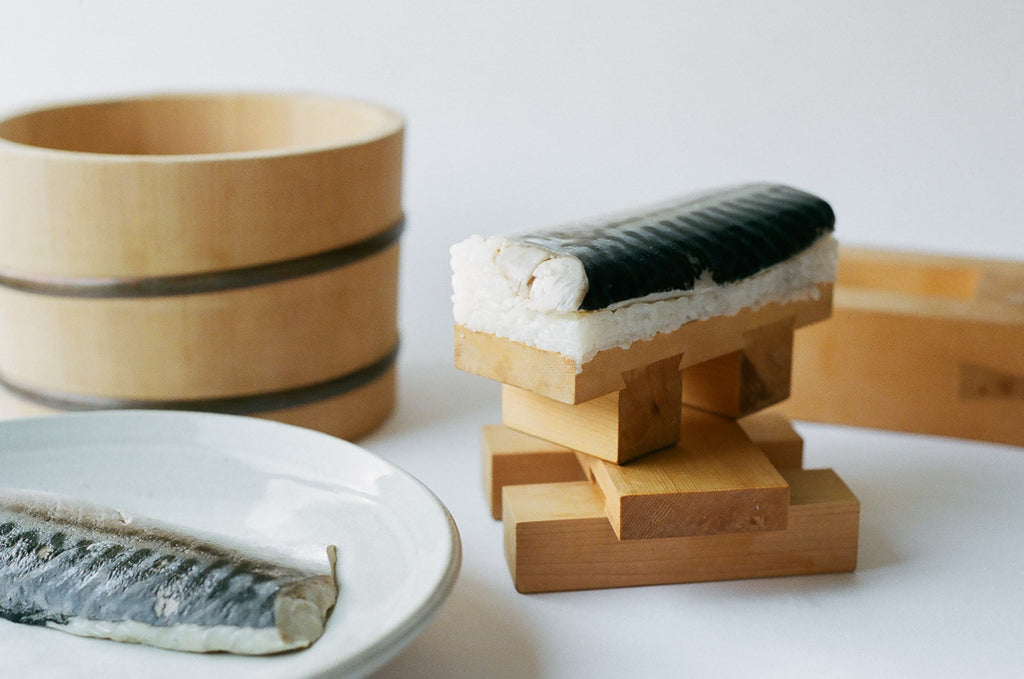Years ago, I was in the doctor’s office with a broken ankle and in the ensuing small talk before the x-rays arrived, I was asked, as a cook, what my signature dish was. It was one of those cocktail questions I never prepare in advance, and frequently suffer for. Like a musician being asked what his band sounds like, I might have anticipated this sort of thing, and come up with some easy answer, or even a pithy one, to slip into my back pocket. And because I blanked in that moment, stuttered, and said something stupid, sitting there in a morphine fog with my pants down, I thought about signature dishes.
I closed my eyes and thought back to the childhood table, my dad and his arcane culinary rituals, his nook of the dinner table filled with Japaniana. There’s no better way to see what’s really in your marrow than to leave home and move to New Jersey. There, in the kitchen, his children would watch what dishes, out of pure nostalgia, he would summon from memory. The finest of these was batterazushi, mackerel cured in vinegar and pressed with sushi rice, a dish typical of his hometown of Osaka, and the western region of Kansai, in general.
It’s the wooden press that gives the dish its name. Taken from the Portuguese bateira, a small boat, the press is made using Japanese joinery from antimicrobial hinoki that smells of an alpine forest.

The recipe begins with a fresh mackerel. Unlike a tuna, which benefits from aging in the same way as a good steak, mackerel spoils very quickly and must be incredibly fresh. It has to have that iridescent quality, its blue tiger stripes bright and metallic. To nail home the point, the Japanese have a saying that mackerel can go bad while it’s still alive. (Many times I have complained to my Japanese fish monger that their mackerel isn’t fresh enough. The finest mackerel in Los Angeles can be found at H-Mart, the Korean supermarket, which is a beautiful twist to the story.)
While very cold, clean and debone the fish, patting the fillets dry. Cover both sides of each piece generously with sea salt. The curing process commemorates the passage of mackerel from the port fishing town of Obama through a mountain path, still referred to as the Saba Kaido or Mackerel Highway, to Kyoto. In order to survive the journey, the fish was cleaned and packed with salt in Obama, then washed clean with vinegar in Kyoto. The duration of salting is still proportional to that mountain hike, anywhere for 4-8 hours, or perhaps even longer. The idea is to draw out the moisture of the fish, making the fillets firm. To enhace the flavor, I like to add a piece of kombu to the fish. The dry kelp will also help to draw out some of the water, speeding up the curing process.

On the side, prepare the sushi rice. For two gō of rice (the small cups that come with your rice cooker), mix a quarter cup of vinegar, one tablespoon of sugar, and a teaspoon and a quarter of salt, over low heat until dissolved. Add the mixture to the cooked rice and stir well to incorporate.
Line the bottom of the mold with the filet, skin-side down, trimming off whatever doesn’t fit. Add enough rice to cover the fish, and press down firmly with the top plate, rotating the press to apply even pressure. Invert the mold and remove the fish and rice together, slicing into six equal pieces.
—Jeffrey


